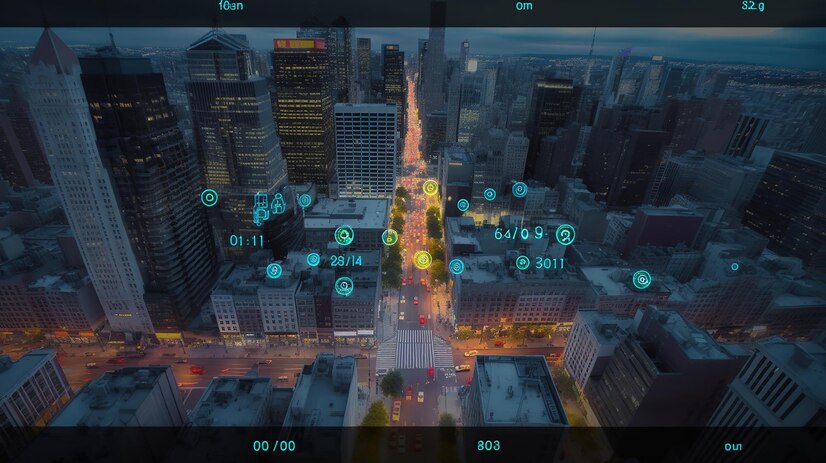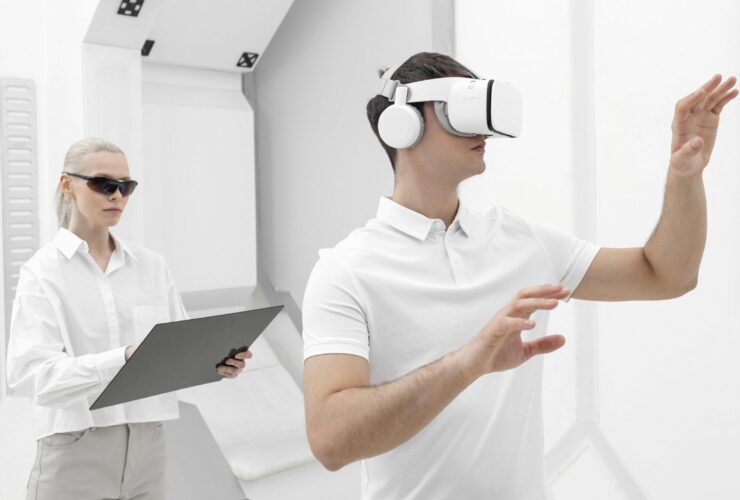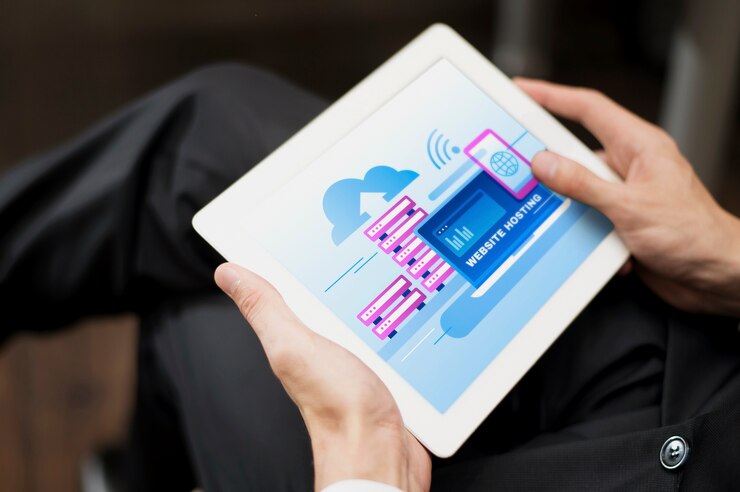How AI and IoT Are Transforming Smart Cities
The development of smart cities is one of the most exciting and impactful innovations of the 21st century. With urban populations growing at an unprecedented rate, cities are increasingly turning to advanced technologies like Artificial Intelligence (AI) and the Internet of Things (IoT) to manage resources, improve efficiency, and enhance the quality of life for residents. These technologies are not only helping cities become more efficient but also more sustainable, livable, and connected.
AI and IoT: A Powerful Combination
The integration of AI and IoT in smart cities allows for real-time data collection and analysis, which can drive decision-making and optimize various services. IoT devices like sensors, cameras, and smart meters collect vast amounts of data from across the city—whether it’s traffic patterns, air quality, or energy consumption. This data is then analyzed by AI algorithms to provide insights and automate responses.
For example, in smart traffic management systems, IoT sensors placed at intersections or along roads gather data on traffic flow. AI processes this data to optimize traffic signals, reduce congestion, and improve transportation efficiency. AI-powered systems can even predict traffic patterns and adjust in real time, helping reduce delays and minimize carbon emissions.
Optimizing Resources
In a smart city, AI and IoT are helping to manage resources more efficiently. Smart grids, for instance, use IoT-connected sensors to monitor electricity usage across the city, while AI analyzes this data to predict demand and optimize power distribution. This not only reduces energy consumption but also prevents outages and ensures that resources are allocated where they’re needed most.
Similarly, IoT devices in waste management systems can track garbage levels in bins and inform waste collection services when they need to be emptied. AI can further analyze these patterns, optimizing collection routes and schedules, which saves on fuel and reduces environmental impact.
Enhancing Safety and Security
AI and IoT also play a critical role in enhancing public safety. Smart surveillance systems that use IoT-connected cameras can monitor public spaces for unusual activities, while AI analyzes these behaviors to detect potential threats or accidents. Additionally, IoT-enabled emergency response systems can communicate in real time with public safety officials, reducing response times in critical situations.
Sustainability and Smart Environments
AI and IoT also contribute to the sustainability of smart cities. By tracking environmental factors like air and water quality, these technologies help monitor pollution levels and identify areas of concern. AI can then generate insights to inform city planners about where interventions are needed, such as introducing green spaces, improving waste management, or even adjusting industrial activity in certain areas.
Conclusion
The combination of AI and IoT is revolutionizing the way cities operate, making them more efficient, sustainable, and safe. By improving resource management, traffic flow, safety, and environmental sustainability, these technologies are helping create smart cities that not only meet the demands of modern urban living but also improve the overall quality of life for their residents.




